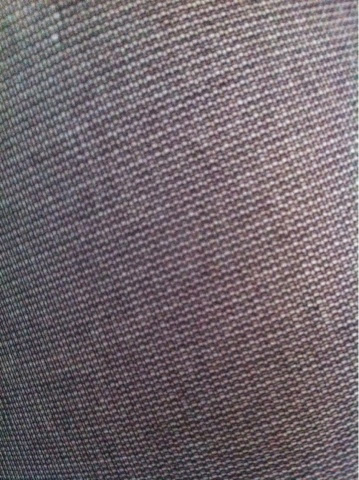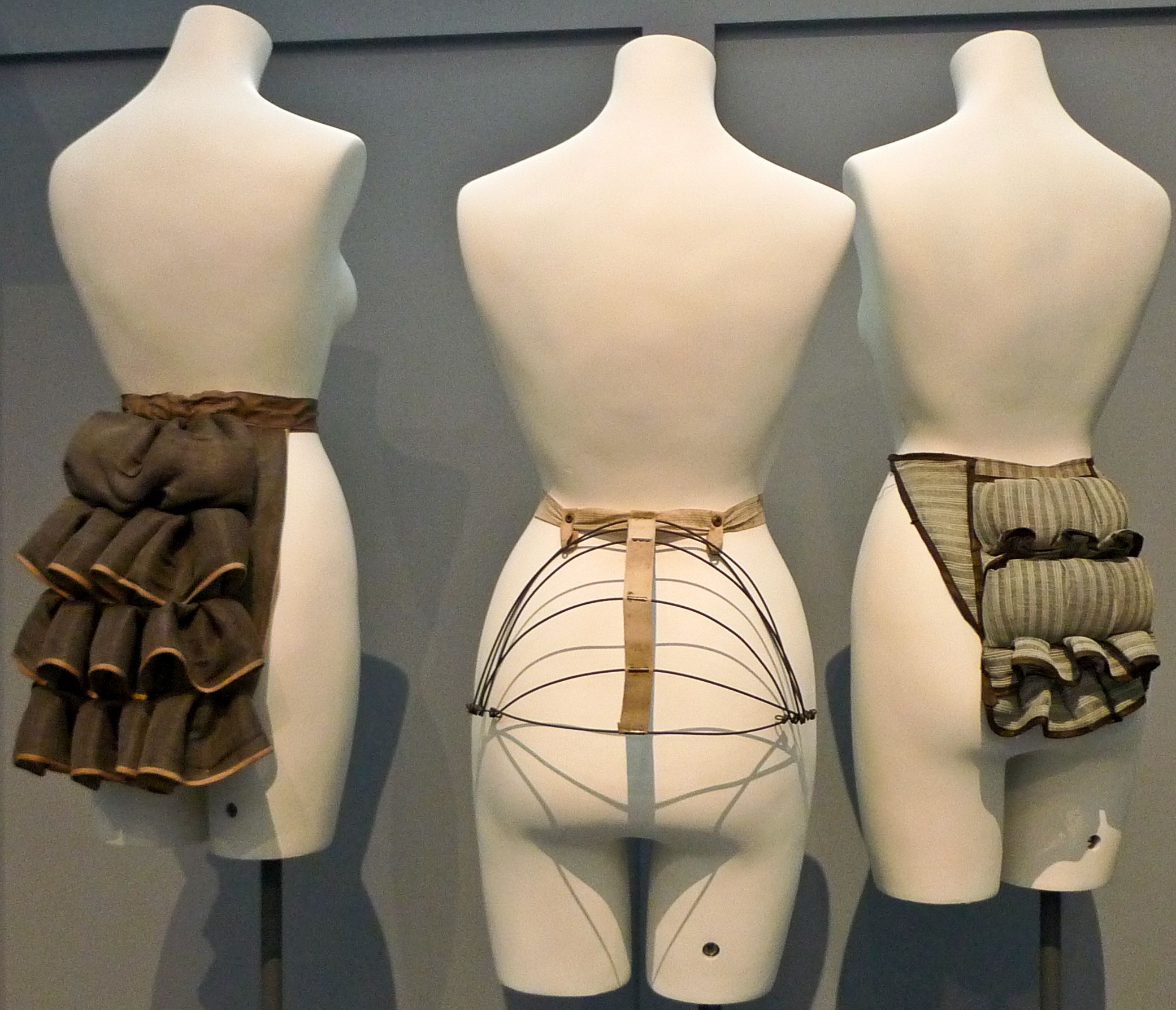This is going to be a HUGE post so I apologise! But yesterday (21.5.14) we went on a college trip to the Hepworth Gallery in Wakefield and then on to Yorkshire Sculpture Park in Sheffield! It was amazing to visit these places and on such a beautiful sunny day too! So in the Hepworth Gallery there were plenty of sculptures, Henry Moore being the main artist, showing body distortion- perfect for my Abstraction project! These sculptures are so abstract that they aren't necessarily recognisable as figures. I like this as it makes the viewer think and look from several different angles and perspectives, to try and make sense in their own minds about the sculpture. This promotes independent thinking; you can make your own mind up about where you think the figure lies and what the sculpture is trying to show.
This figurative sculpture is more obviously a person, yet still very abstract!
Barbara Hepworth sculptures: These pieces are just simple shapes made from alabaster and therefore are very abstract, however these pieces may not be particularly figurative anyway, they are simply 'forms'.
I really like this sculpture! It's definitely a figure however it is abstract and not obvious, making you think about it! Having read the name 'Winged Figure', I can now pick out the parts that I believe are the wings, however I'm not necessarily correct and that intrigues me :D
Onto Yorkshire Sculpture Park now, here are some photos of sculptures that I took as we wandered around the huge grounds! The abstraction of these sculptures varies a lot, with some being obvious figures with only slight distortion of proportion, such as the one below, and some being so abstract that it takes a while to work out what the sculpture actually is!
This is an Elisabeth Frink sculpture, made from bronze. These sculptures have scarred surfaces created by repeatedly coating an armature with wet plaster; each coating is distressed and broken, eliminating detail and generalising form. Frink's sculptures express masculine strength, struggle and aggression and I find them very odd to look at, maybe a little scary too! The eyes are particularly strange as they are rather detailed and seem to be staring into space, as if there is someone trapped inside (that sounds really strange, I know, but it honestly creeps me out as I have a phobia of mannequins and these are quite similar!). These are rather abstract as they are tall but the legs seem shorter and thinner than they should be, also the faces are completely wrong as the eyes aren't in the centre of the head, making the forehead smaller and the other facial features larger too.
These are rather abstract as they have no heads or arms, just huge chests, legs and feet. The surface of these is scarred too, creating a sort of veiny texture which I found very interesting.
This is so interesting too! This female figure with a rabbit head is so strange and the texture of it is absolutely amazing! I really want to incorporate this into my textiles skins project too! It's like lots and lots of bits or wire, turned into a mesh sort of thing to create this huge mesh figure! It's in two pieces that are separated by about a metre, rather than being pushed completely together. This figure is abstract because of the animal head, so that's possibly something I could look into- abstracting using animal features! It would certainly make the human form more... interesting!
This bronze sculpture is larger than the average person, maybe about 7 feet high? It's not really abstract at all, it's more about showing how the modern world lives, with modern clothing and a phone in hand, but that's just my interpretation of this sculpture.
This one is very strange as it is partly coloured, partly plain, partly shiny, partly matte! It reminded me of a Michael Jackson dance move! This is also not very abstract but the concept of it being in two different... styles, if you like, interested me so I took a photo!
Here is another Henry Moore sculpture. I took two photos from different perspectives just to see if I could make sense of the sculpture, I can tell it's quite figurative, but it's still very abstract so I moved around it to connect the two pieces in my perspective. I found that this didn't really help and I preferred to look at it from the first photo anyway, as it made more sense to me from this angle.
This sculpture is so surreal! I didn't notice on the way past the first time but on the way back I looked up and saw the sculpture on top of the tree. It's very figurative and not abstract at all, apart from the setting and context it's in I guess! I like it though, despite how surreal it is. There are a few different ways of looking at it, for example, it could be someone on a diving board about to dive in, it could be someone about to commit suicide, or it could just be someone standing and thinking about life, perhaps feeling on top of the world? Or maybe they feel they can relax higher up. Possibly they could be watching over someone? I really don't know, and I love that that's part of the mystery of it!
This is another Henry Moore sculpture I believe, in the middle of a field! It was going to be a long trek to it and we were running out of time so I decided just to take a long distance picture of it instead! This is very abstract and I would have liked to have taken more photos from different angles but this just wasn't possible at the time.
This sculpture is quite odd as the body is rather wide and fairly flat, with a small head and skinny arms and legs- totally not in proportion! But this is another way I could abstract my life drawing work if I desired.
And that's all the figurative sculptures I managed to photograph! But overall it was a wonderful day!














































.jpg)





